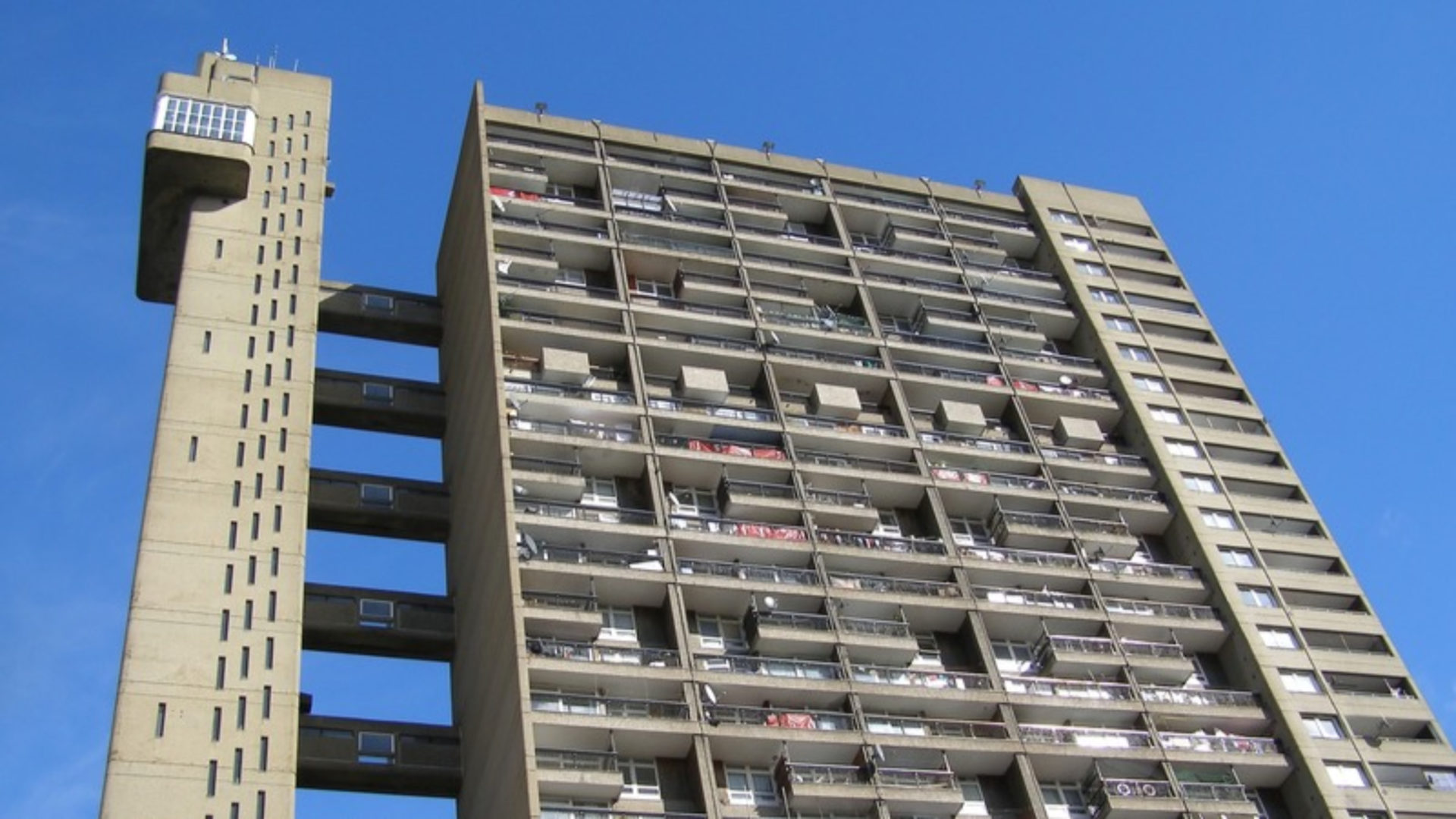
Ahead of World Environment Day, Professor Saul Humphrey says a change in mindset is needed if the construction sector wants to succeed in its retrofitting mission.
With consultations still taking place over the upcoming Future Homes Standard and Future Buildings Standard regulations, prioritising refurbishment of existing buildings over new construction projects is the most effective way for the built environment sector to help the UK achieve its net-zero targets by 2050.
Reducing operational energy from new buildings is critical, but sustainable development on a finite planet needs to be dealt with responsibly.
The construction industry and the broader built environment sector are a big part of the problem, being responsible for an estimated 38% to 40% of all CO2e emissions produced worldwide.
Around two-thirds of these emissions typically emanate from how we heat and power buildings. The remaining third comes from the actual embodied carbon in our buildings.
It’s said that if cement was a country, it would be the third biggest polluter on the planet and steel would be the fifth. We must address our existing building stock before we rush to build new.
But for the construction sector to become part of the solution, rather than part of the problem, then a huge shift is required in our attitudes towards existing buildings, which in many cases might be unloved or unattractive. I say this as someone with decades of experience in the construction sector, but it is almost always better not to build at all.
Refurbishment first
Our default starting position should be to avoid demolition by thinking “refurbishment first”. We should always be asking: “Do we really need to build it – or can we build less?” Approximately 85% to 95% of the buildings in Europe are expected to still be standing in 2050 and around 75% of them are deemed energy inefficient. Even if they are unattractive, why should we get rid of them?
There is so much empty retail and office space in towns and cities across the country. We should be looking at how to repurpose these buildings first. It’s about winning hearts and minds and convincing people that this is the right approach.
Additional regulations will soon mean that sustainable refurbishment or sustainable construction also makes absolute financial sense. Green buildings are already traded at a significant premium, while inefficient buildings risk becoming ‘stranded assets’.
Demolition should be the last resort. A ‘green’ retrofit, adaptation and re-use is almost certainly the best option. And for that, we must first learn to love our unattractive old buildings.
Saul Humphrey FCIOB is professor of sustainable construction management at Anglia Ruskin University.











